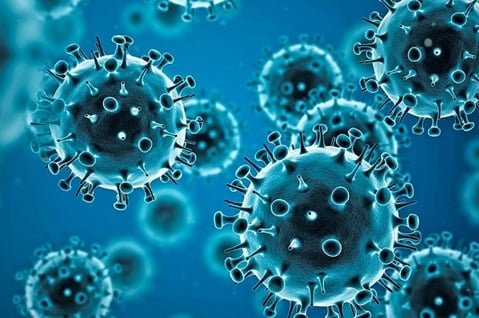New Delhi, 20 May 2025: Just when the world thought the worst of COVID wave was behind us, the virus is surging back in alarming waves across Asia.
In Hong Kong, COVID-19 cases have escalated sharply. The Centre for Health Protection reported that the positivity rate in respiratory samples reached 13.66% in the week ending May 10, up from 6.21% four weeks prior. Additionally, sewage surveillance has detected increased viral loads, indicating widespread community transmission. Between late April and early May, the city recorded 81 severe cases and 30 deaths, predominantly among the elderly with underlying health conditions.
Singapore is experiencing a similar trend. The Ministry of Health reported a 28% increase in COVID-19 cases for the week ending May 3, with estimated infections rising to 14,200. Hospital admissions due to the virus also increased by about 30%. The surge attributed to waning immunity and the spread of Omicron subvariants LF.7 and NB.1.8, both descendants of the JN.1 variant. Despite the rise in cases, there is no indication that these variants cause more severe disease compared to previous strains.
India’s Current Situation and Response
As of May 19, 2025, India has reported 257 active COVID-19 cases, with most cases concentrated in Kerala, Tamil Nadu, and Maharashtra. The Union Health Ministry has stated that the situation remains under control, with no significant increase in cases observed. Health authorities are maintaining vigilance by closely monitoring developments in neighboring countries and enhancing surveillance through the Integrated Disease Surveillance Programme (IDSP) and the Indian Council of Medical Research (ICMR).
In Maharashtra, a notable uptick in cases has observed, with 80 new infections reported in May, compared to just four in April. The positivity rate has surged from 0.6% in April to 12% in May. However, health officials have indicated that the rise in cases is not alarming and may be indicative of COVID-19 becoming endemic. No new airport screening protocols have implemented at this time.
Key Symptoms and Public Health Measures
The current wave of infections in Asia associated with symptoms such as cough, sore throat, nausea, vomiting, brain fog, and conjunctivitis. Health authorities in affected regions are emphasizing the importance of symptom-based isolation, recommending that individuals isolate when symptomatic and continue to wear masks for five days after symptoms improve. Retesting is not mandatory unless advised by a healthcare provider.
Public health experts are urging individuals, especially those in high-risk groups, to stay updated on booster vaccinations, maintain good hygiene practices, and ensure proper ventilation in indoor spaces. These measures are crucial in curbing the spread of the virus and preventing further surges.
While the resurgence of COVID-19 in parts of Asia is a cause for concern, India’s current situation remains stable. Continued vigilance, adherence to public health guidelines, and proactive measures are essential in mitigating the risk of a new Covid wave. Individuals encouraged to stay informed, monitor for symptoms, and follow recommended precautions to protect themselves and their communities.






